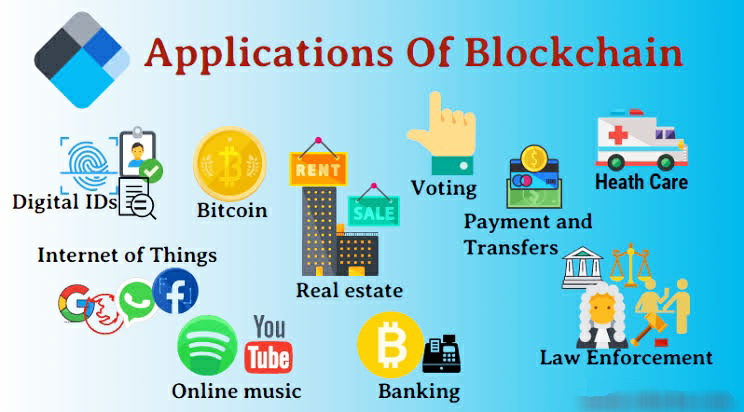Blockchain technology has been one of the most talked-about innovations of the past decade. Originally created to power cryptocurrencies like Bitcoin, blockchain has grown into a versatile tool with the potential to revolutionize industries beyond finance. In this blog post, we'll explore what blockchain is, how it works, and its potential applications.
What is blockchain?
At its core, a blockchain is a decentralized, distributed ledger that records transactions. Each block in the chain contains a cryptographic hash of the previous block, a timestamp, and transaction data. The entire network of nodes on the blockchain verifies and validates transactions, ensuring that the ledger is secure, transparent, and immutable.
How does it work?
When a transaction is made, it is added to a block. Once the block is full, it is added to the blockchain and cannot be altered. The cryptographic hash of the previous block ensures that the chain is tamper-proof, as any attempt to modify a previous block would result in a mismatch of the hash values, which would be immediately detected by the network.
In a decentralized blockchain network, every participant has a copy of the entire ledger, making it difficult for any single entity to control or manipulate the data. This makes blockchain a transparent, trustworthy, and secure way of recording transactions.
Applications of blockchain
Blockchain technology has the potential to disrupt a wide range of industries, from finance to healthcare to supply chain management. Here are just a few examples of how blockchain is already being used:
1. Cryptocurrencies: Blockchain technology powers the most popular cryptocurrencies like Bitcoin, Ethereum, and Litecoin, enabling peer-to-peer transactions without the need for intermediaries like banks.
2. Supply chain management: Blockchain can be used to track products from manufacturer to consumer, providing an immutable record of each transaction in the supply chain.
3. Healthcare: Blockchain can be used to securely store and share medical records, ensuring patient privacy while making it easier for healthcare providers to access critical information.
4. Voting: Blockchain can be used to create secure, transparent voting systems, making it more difficult for anyone to tamper with the results.
5. Real estate: Blockchain can be used to create a transparent and efficient real estate market, enabling faster and more secure property transactions.
Conclusion
Blockchain technology has the potential to revolutionize a wide range of industries, providing transparency, security, and trust where it is needed most. While the technology is still in its early stages, the possibilities are endless, and we can expect to see more and more innovative uses of blockchain in the years to come.








1 Comments
Thanks for this.
ReplyDelete